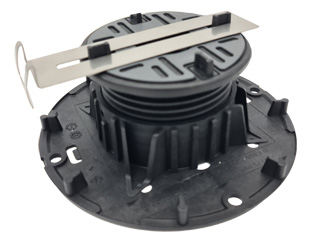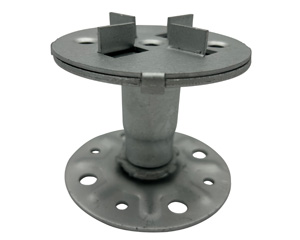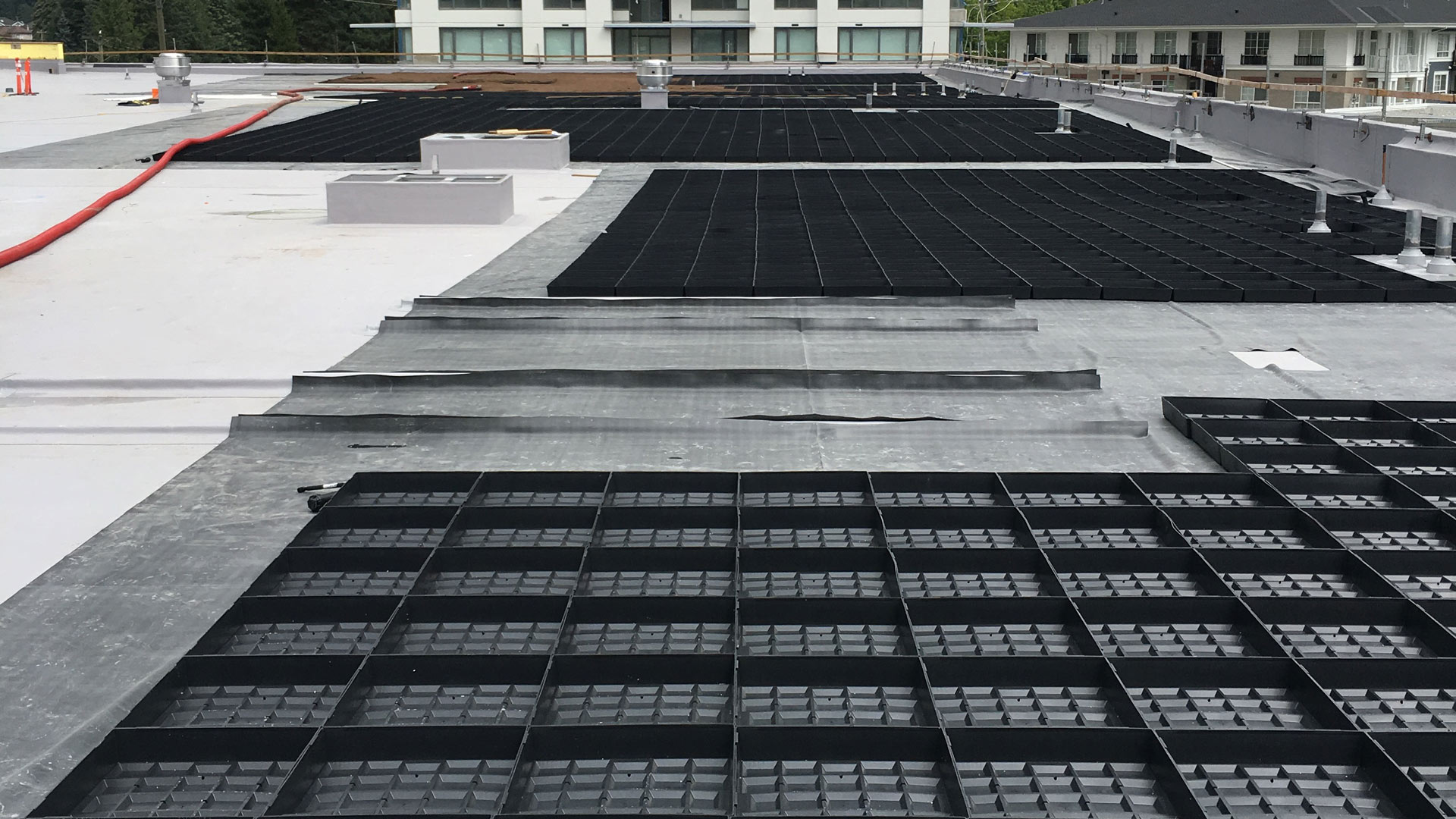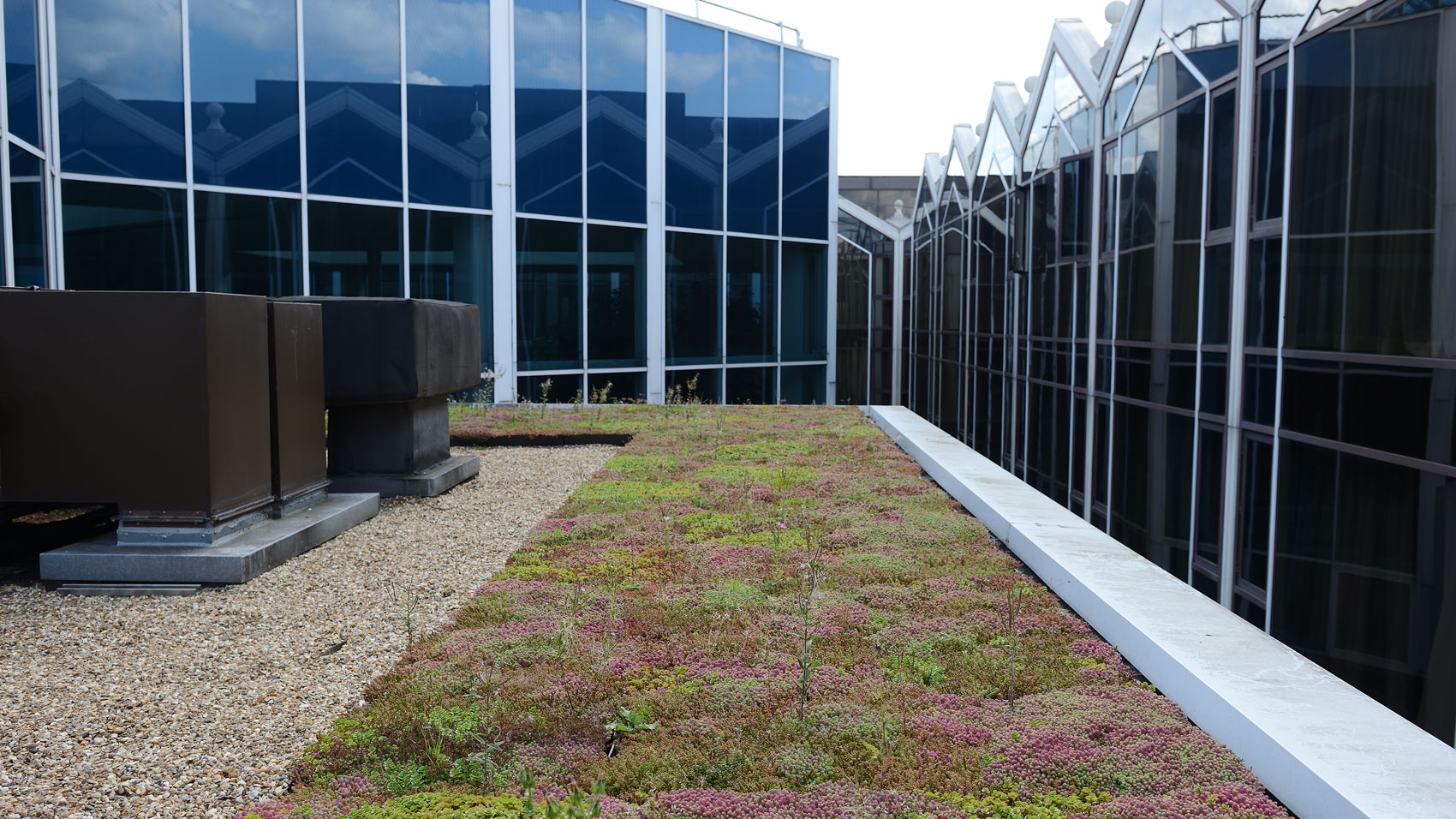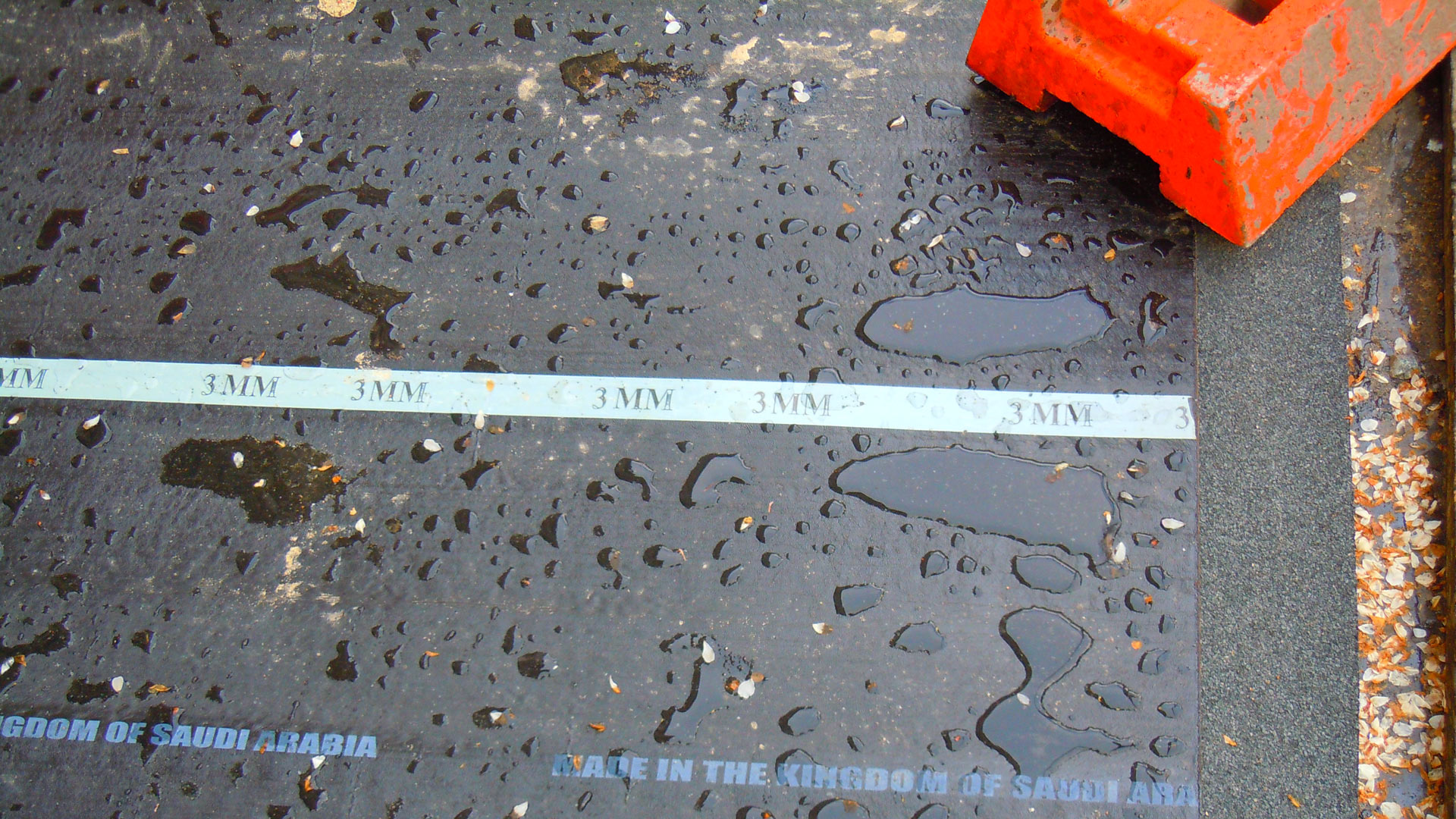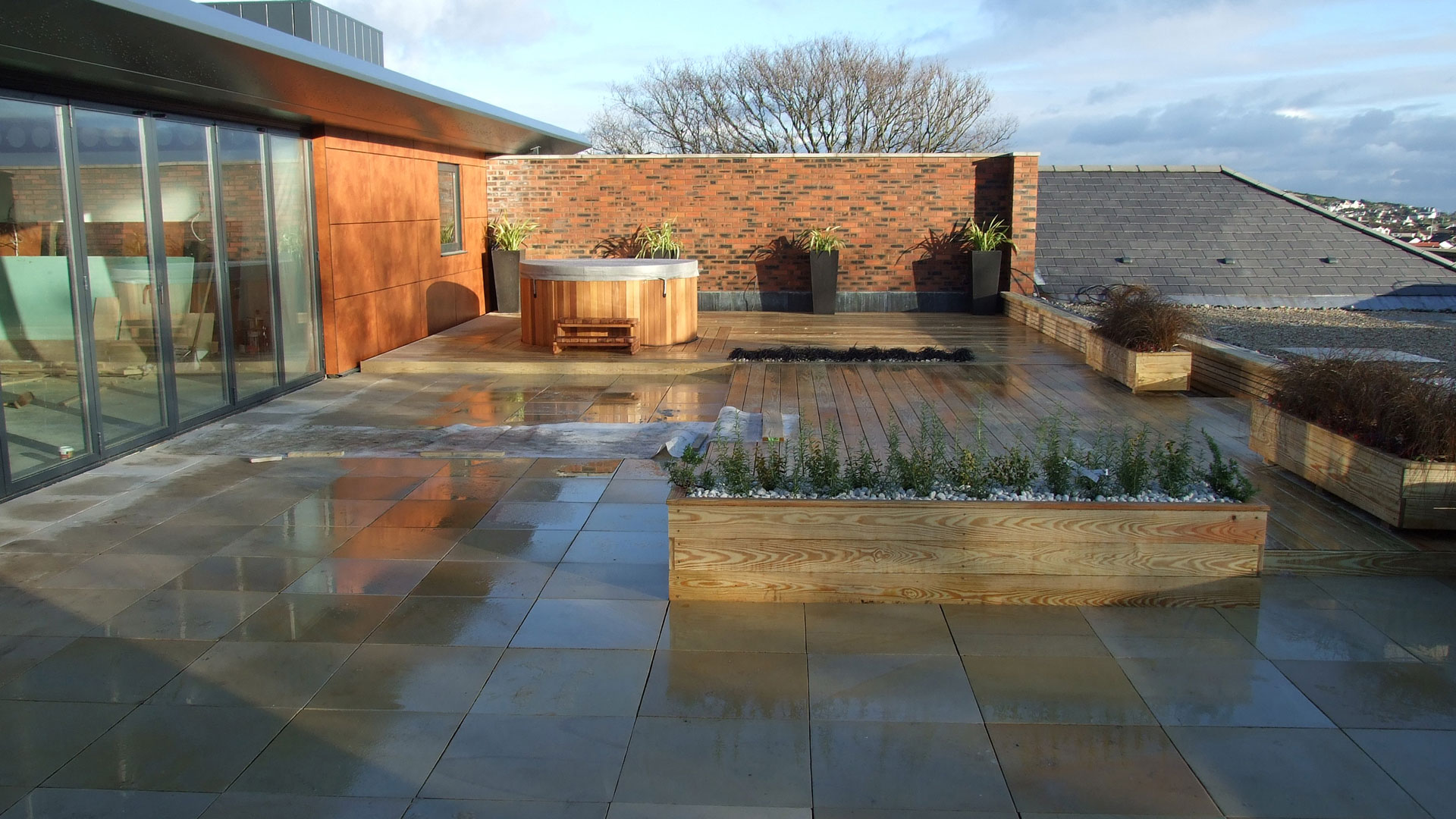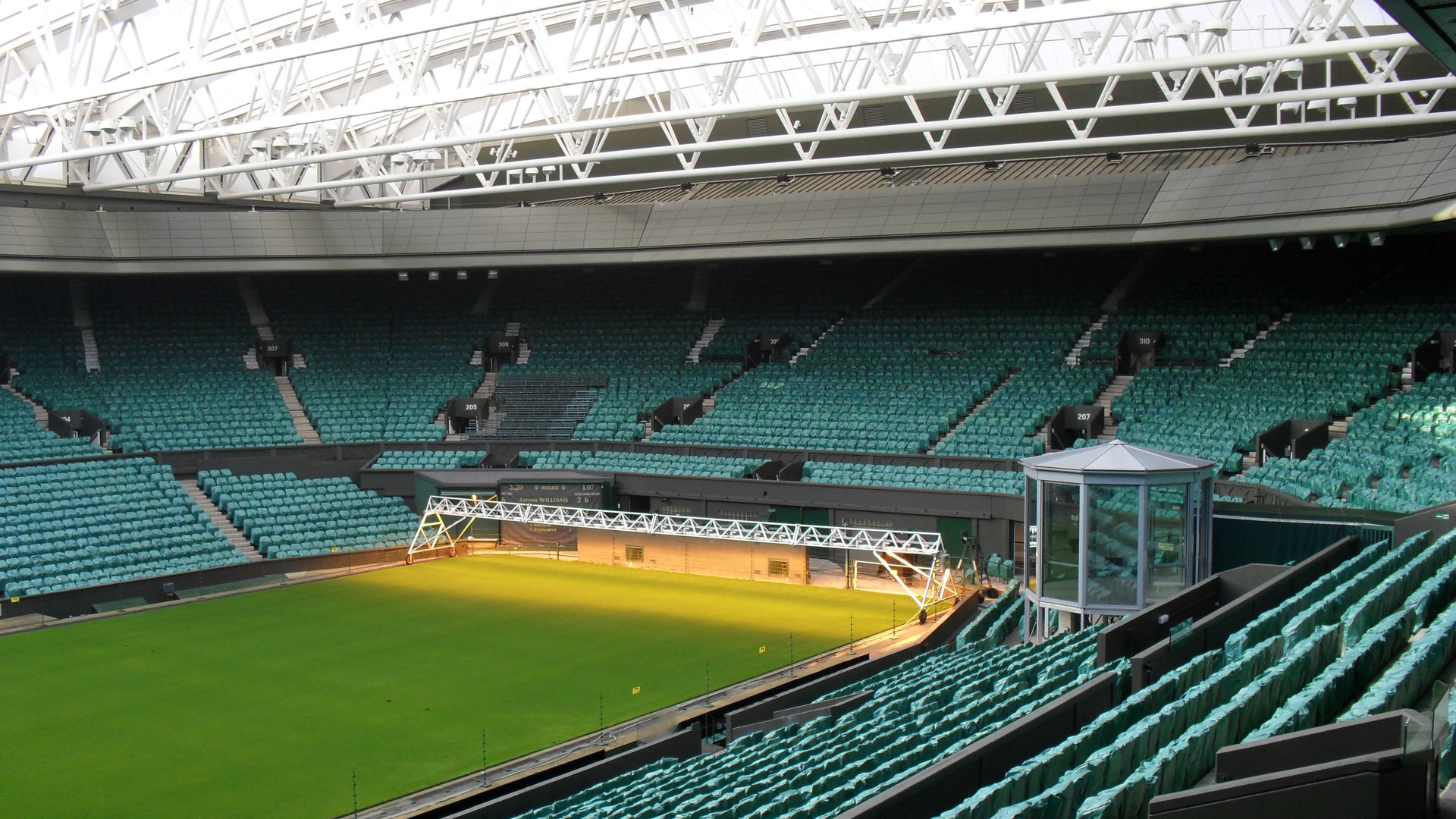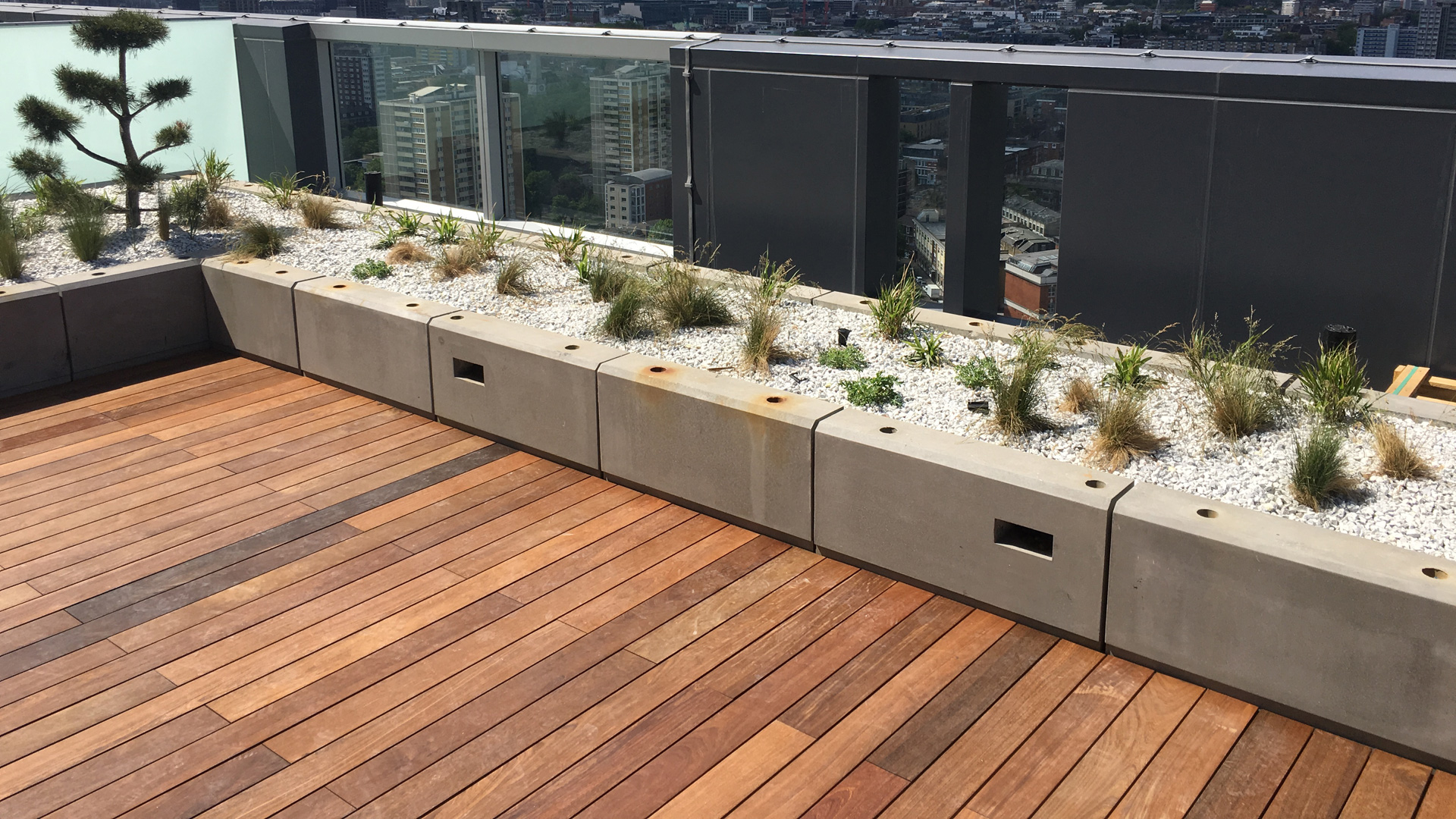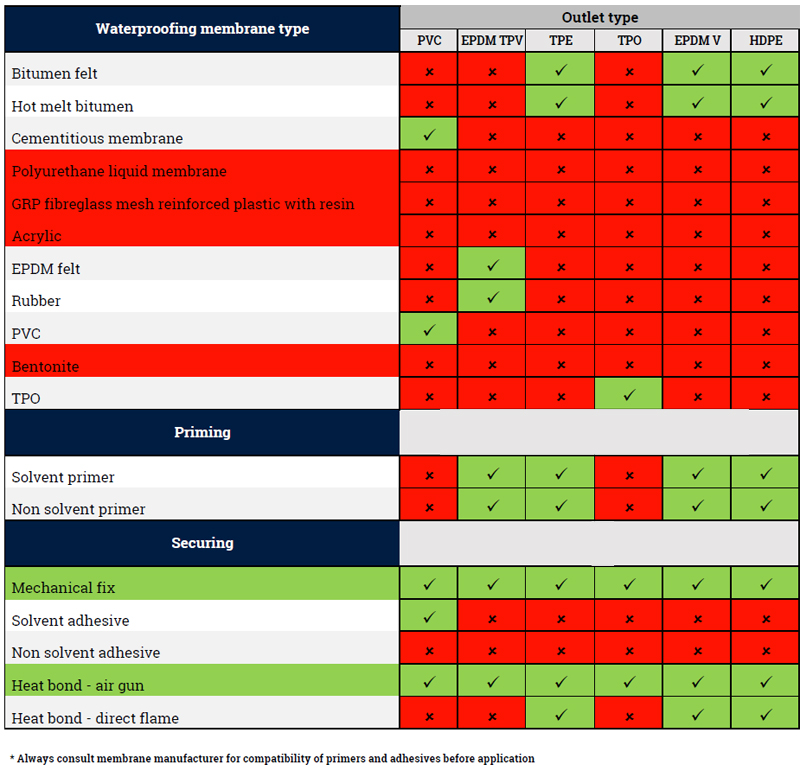From residential developments to commercial properties and urban regeneration projects, green roofs are increasingly being recognised not only for their environmental benefits but also for their contribution to energy efficiency and thermal insulation.
But just how much of a difference can a green roof make when it comes to improving energy performance? The answer is: quite a lot.
Whether you’re designing a new building or retrofitting an existing structure, installing a green roof is a practical and effective way to reduce energy consumption, regulate indoor temperatures, and lower carbon emissions. At Wallbarn, we provide a range of expertly engineered green roof systems to suit various applications, ensuring long-term performance and sustainability.
In this article, we’ll explore how green roofs contribute to energy efficiency and insulation, the science behind their performance, and what you need to consider when selecting the right solution.
Understanding How Green Roofs Work
A green roof, also known as a living roof, consists of several layers: a waterproofing membrane, root barrier, drainage layer, filter fleece, substrate (growing medium), and a vegetation layer. Depending on the system chosen, the depth of substrate and type of vegetation may vary – ranging from sedum mats to lawns, perennials, and even small trees.
These layers work together to create a natural thermal barrier between the external environment and the internal space below. Unlike traditional roofing materials, which often absorb and transfer heat quickly, a green roof absorbs solar radiation and buffers temperature fluctuations, helping to maintain a more stable indoor climate.
Thermal Insulation Benefits of Green Roofs
One of the most immediate advantages of installing a green roof is the enhanced thermal insulation it provides. In colder months, the layers of soil and vegetation act as an additional barrier, reducing heat loss through the roof structure. This results in a lower demand for heating, translating into energy savings and improved occupant comfort.
Conversely, during warmer periods, green roofs offer natural cooling. The process of evapotranspiration – where plants absorb water through their roots and release it via their leaves – helps to dissipate heat. This cooling effect reduces the need for air conditioning, especially in buildings with large roof surfaces exposed to direct sunlight.
When properly installed, green roofs can reduce internal temperature fluctuations by several degrees, significantly decreasing reliance on artificial climate control systems.
Energy Efficiency and Cost Savings
With energy prices continuing to rise and environmental regulations becoming more stringent, improving the energy efficiency of buildings has never been more important. Green roofs offer a passive yet powerful solution to reduce energy usage.
A well-designed green roofing system can:
-
Lower heating and cooling bills year-round
-
Reduce peak energy demand during summer months
-
Improve overall thermal performance of the building envelope
-
Enhance the lifespan of the roof membrane by shielding it from UV radiation and temperature extremes
By moderating indoor temperatures, green roofs help to reduce the strain on HVAC systems, extending their service life and lowering maintenance costs. Over time, these savings can make a noticeable impact on both operational costs and carbon footprints.
Building Regulations and Energy Ratings
In the UK, energy performance standards such as Part L of the Building Regulations, and sustainability frameworks like BREEAM, encourage the use of energy-efficient materials and technologies in construction.
Green roofs can contribute towards credits in environmental assessment schemes and play a valuable role in meeting thermal performance benchmarks. Whether it’s through reducing U-values (the measure of heat transfer) or limiting the urban heat island effect, green roofing systems support compliance and improve the energy rating of a property.
To see the options available for your project, explore Wallbarn’s full range of green roof systems, which are designed to integrate seamlessly with modern building requirements.
Extensive vs. Intensive Green Roofs: Which Is More Energy Efficient?
Both extensive green roofs and intensive green roofs offer insulation benefits, but there are some differences to consider.
-
Extensive green roofs are lightweight, low-maintenance systems typically planted with sedum or low-growing vegetation. With a substrate depth of around 60–150mm, they provide excellent insulation with minimal load on the structure.
-
Intensive green roofs involve deeper soil layers (150mm or more) and can support a wide variety of plant life, including shrubs, grasses, and even trees. Due to their depth, they often offer superior thermal mass, enhancing both insulation and temperature regulation.
The choice between these systems often depends on your building’s load-bearing capacity, maintenance considerations, and intended use of the roof space. Wallbarn’s experts can assist in identifying the best fit from our green roofing range for your specific application.
Urban Heat Island Mitigation
Another key energy-related advantage of green roofs is their role in mitigating the urban heat island effect. Cities often experience higher temperatures than surrounding rural areas due to heat absorption by buildings, roads, and other infrastructure.
By covering rooftops with vegetation, green roofs reduce surface temperatures, minimise reflected heat, and help cool the surrounding environment. This in turn lowers the demand for air conditioning in urban centres, contributing to wider energy savings and improved urban resilience.
Additional Environmental Benefits
In addition to their energy-saving capabilities, green roofs deliver a multitude of environmental benefits:
-
Improved air quality – vegetation filters pollutants and traps dust particles
-
Stormwater management – green roofs retain rainwater and reduce surface runoff
-
Biodiversity – supports pollinators, birds, and other urban wildlife
-
Noise insulation – absorbs sound waves, reducing acoustic intrusion
-
Visual appeal – enhances the aesthetic of the building and promotes wellbeing
These benefits combine to make green roofs a highly attractive option for sustainable developments, especially in dense, built-up areas.
Conclusion: A Smart, Sustainable Investment
So, can a green roof improve energy efficiency and insulation? Absolutely. By moderating internal temperatures, reducing the need for mechanical heating and cooling, and improving the building envelope, green roofs offer a compelling solution to modern energy challenges.
At Wallbarn, we are passionate about helping clients create greener, more energy-efficient environments through our innovative green roof systems. Whether you’re working on a domestic extension or a large commercial project, we can provide modular, easy-to-install solutions that deliver measurable performance.
By integrating a green roof into your building design, you’re not only reducing operational costs but also contributing to a more sustainable future. Explore our full range today and discover how Wallbarn can help bring your rooftop to life – with energy efficiency built in from the top down.


